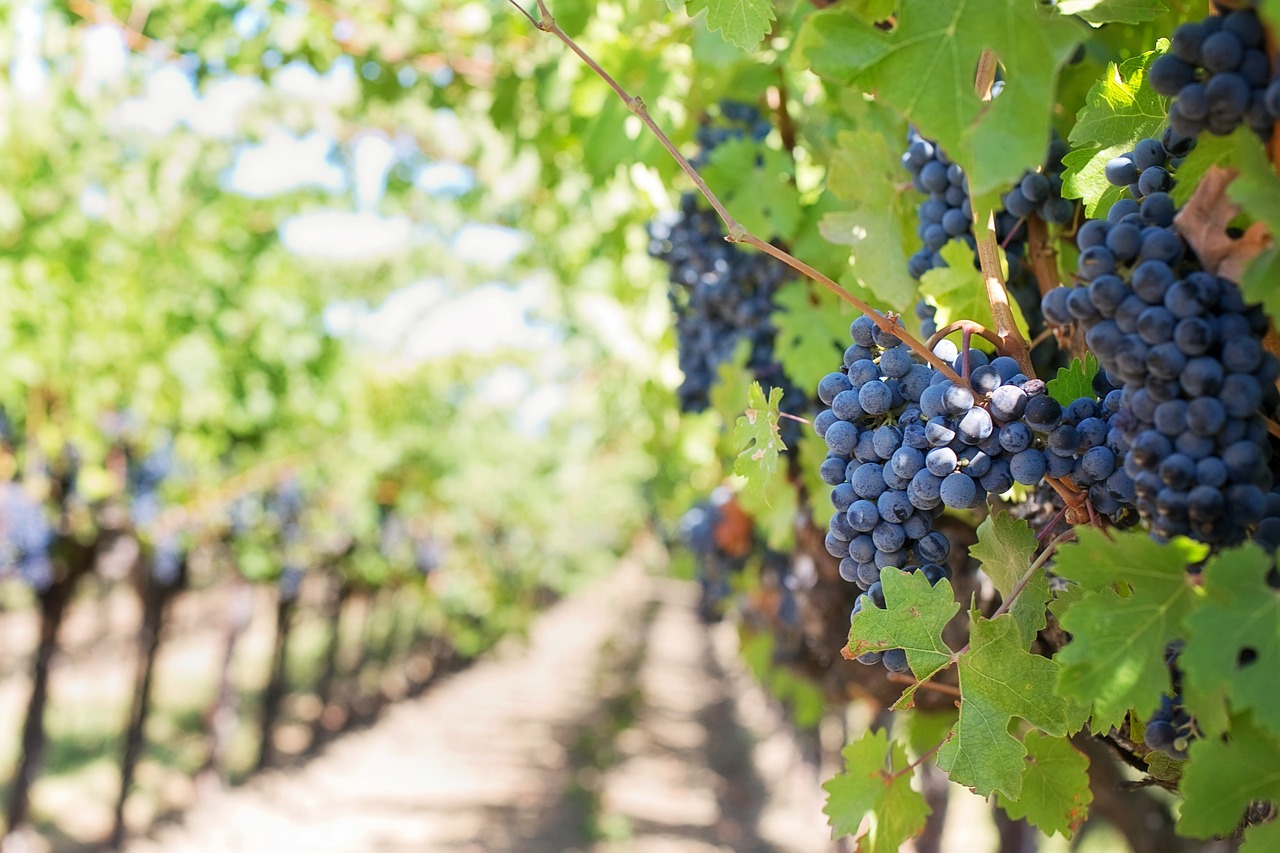There are several steps to successfully growing healthy plants. The process begins with tilling or unsettling the soil, planting seeds, and weeding. This is crucial for establishing healthy roots. The following tips can help you grow healthy plants:
Growing healthy plants involves several steps
There are several steps involved in growing healthy plants. Plants meet their nutritional needs by absorbing carbon dioxide, water, and nutrients from the soil. They absorb these nutrients through their leaves and root systems. Plants have a complex dynamic with their surrounding environment, and it is important to understand this relationship. Listed below are some key steps involved in growing healthy plants. We’ll take a closer look at each of these steps in the next sections.
Tilling or unsettling soil
When cultivating your garden, you will have to choose between tilling and unsettling the soil. Tilling disturbs the structure of the soil and can result in weeds and other competing plants. Unsettling the soil can also enrich the soil by adding organic matter. If you prefer to use cover crops instead of tilling, you can use these tips to ensure that your garden gets the best start possible. The pros and cons of unsettling the soil are described below.
Planting seeds
One of the most basic horticultural skills is sowing seeds. Planting seeds is a good way to start growing your own plants without spending a lot of money. You can grow many types of plants from seed. Planting seeds involves only three basic steps: providing warm temperatures, moisture, and oxygen. It is much cheaper than buying a plant in the store, and you can often collect more seeds. Seed packets will usually contain detailed information on how to sow each specific variety.
Weeding
Weeds are unwanted plants that take over the soil, compete for sunlight and water, and smother the growth of desired plants. Additionally, they are aesthetically undesirable, are potential fire hazards, and are hosts to insects and diseases. They also take over your garden area quickly and cause a lot of damage. So, weeding is essential to the health and beauty of your plants. To keep your garden weed-free, read on.
Harvesting
There is a huge amount of information about harvesting marijuana plants. The problem is that so much of it is conflicting and hardly useful. But, don’t let that put you off. You should have fun with this part of the growing process, because it’s the best time to connect with your medicine. Here are some tips for outdoor home grows from the CeresMED cultivation team:
Assessing damage
A crucial step in evaluating crop damage in a field is determining the extent of the injury. Identifying damage to plants requires careful examination of the crop’s damage and plant stand. For this purpose, an expert in crop injury should be consulted. Crop samples must be analyzed as soon as possible after damage is assessed. This information asset is not provided by Informa Business Media. In addition, the information contained herein is intended for educational purposes only.
Making a planting plan
When you first begin cultivating plants, it is a good idea to make a planting plan for your garden. Before you begin, cut out pictures of the plants you plan to grow and play around with the layout. Make sure to read plant instructions and leave enough room for them to grow. You can also use symbols or abbreviations to make it easier to keep track of your plants. And make sure to include the date and time you will begin cultivating each type of plant.

